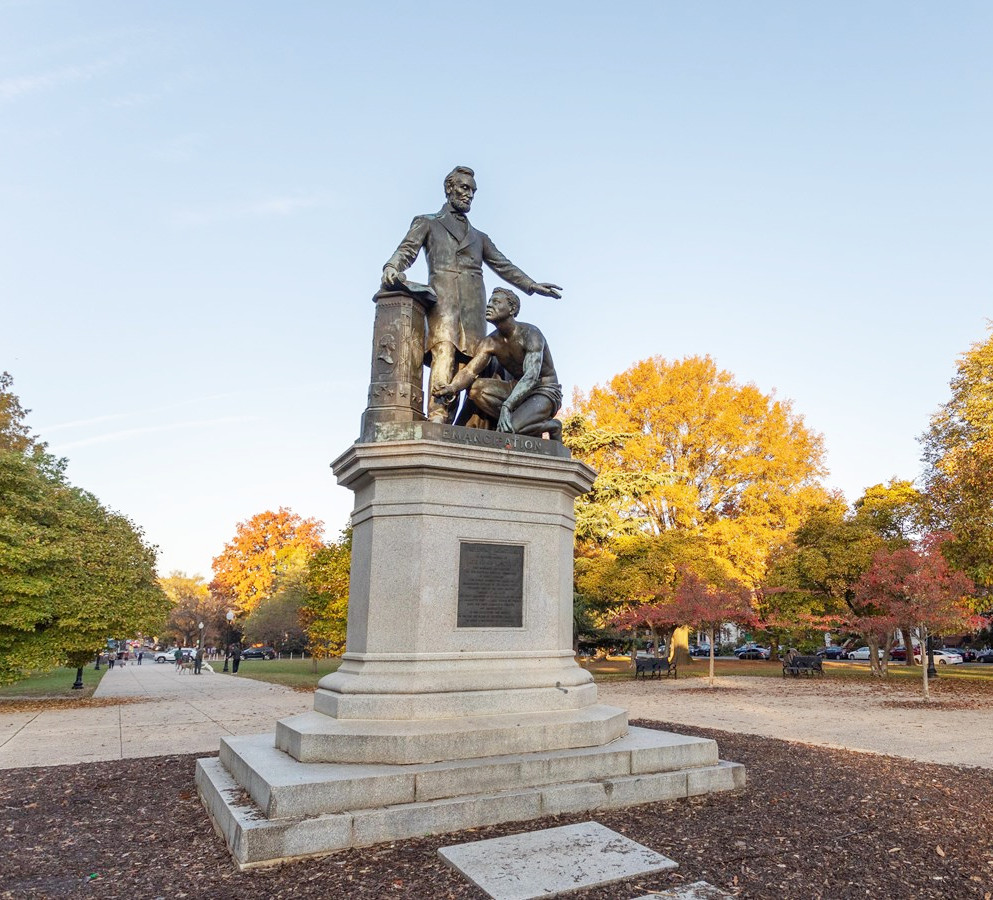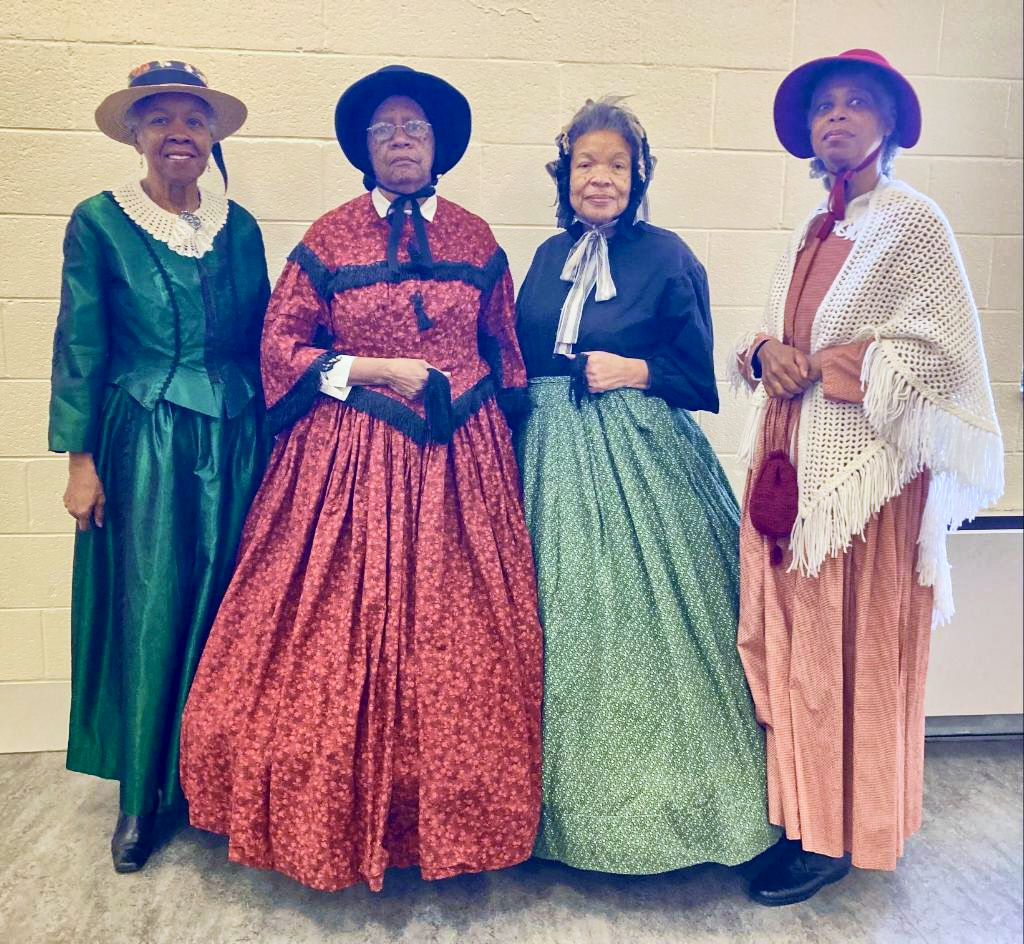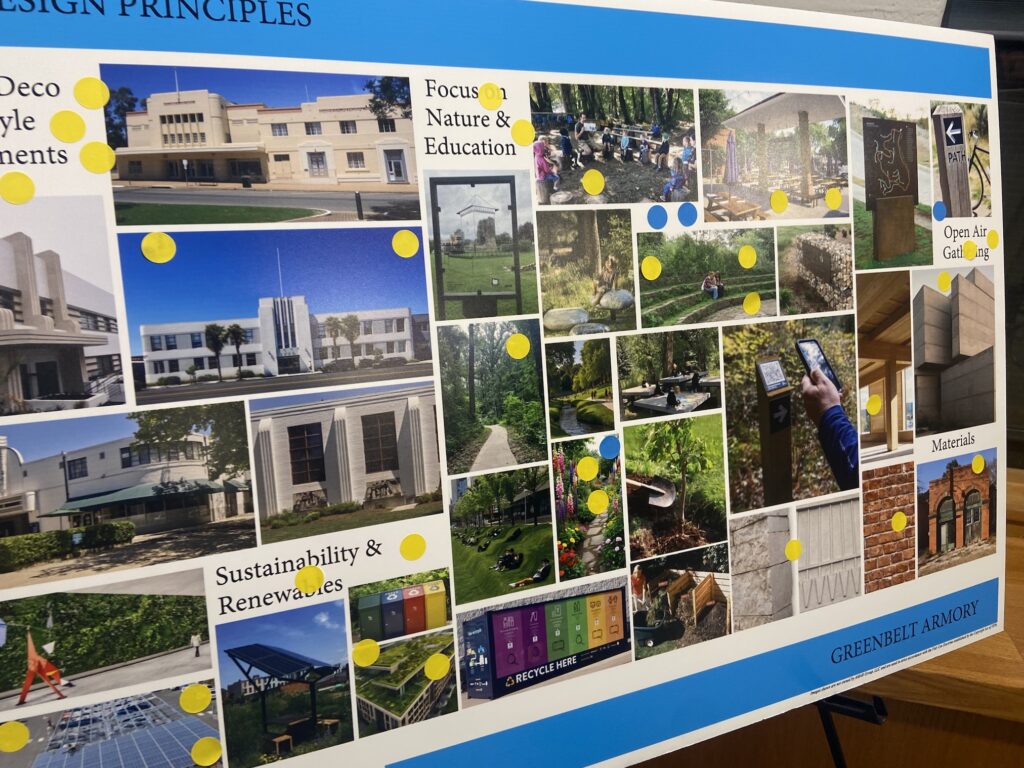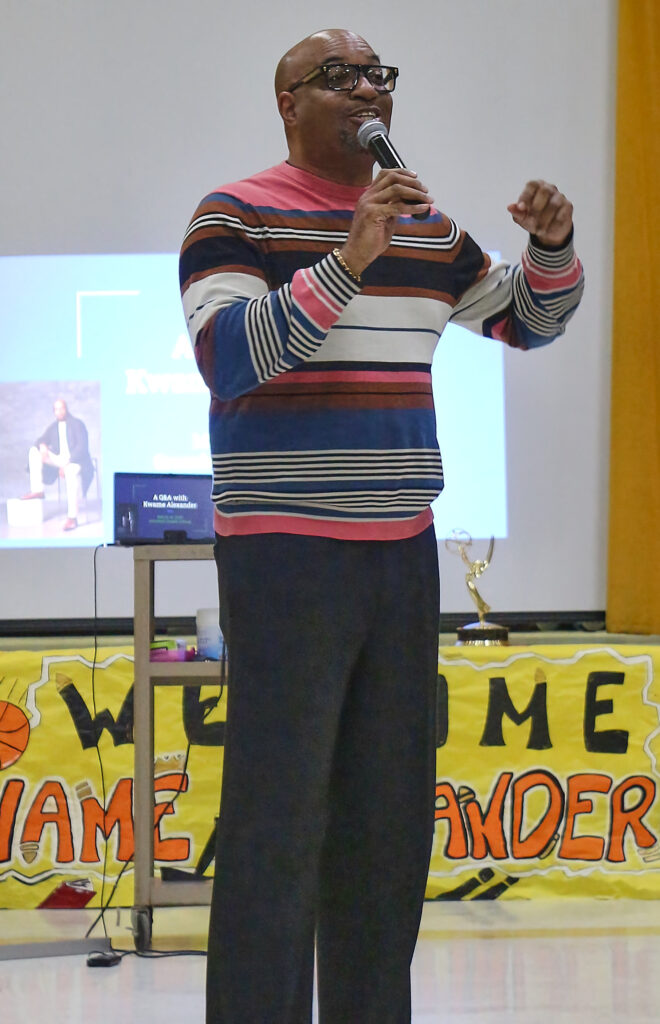On February 14, the room was packed and there was great excitement about the program that was about to unfold. The Golden Age Club had asked the Female Re-enactors of Distinction (FREED) to perform in an acknowledgement of Black History Month in Greenbelt. The all-women group is part of the African American Women of the Civil War Auxiliary Organization whose aim is to “educate and celebrate the accomplishments of the women and African American Civil War Soldiers who fought for freedom.”
Charlotte Scott
In Greenbelt’s Community Center, Marcia Cole, playing Charlotte Scott, stepped forward to tell her story. Charlotte was enslaved by the Scott family and married to an enslaved man who was the property of the brother of her enslaver. She was fortunate because her enslaver denounced the system of slavery, joined the Union Army and moved his family from Virginia to the free state of Ohio. Charlotte was emancipated in 1863 by the Emancipation Proclamation signed by President Abraham Lincoln at the urging of Frederick Douglass.
Charlotte remained with the family and adopted the name Scott for her own last name. She was paid as a servant and began to save her earnings. Upon hearing of Lincoln’s assassination, she conceived the idea of getting a statue erected in his honor and asked her employer for assistance. Charlotte’s donation was the first of her wages, $5.00. The entire process was spearheaded by freed African Americans who massively contributed to this effort. As a result, the Emancipation Statue was erected in Lincoln Park in Washington, D.C., in 1876. Charlotte Scott was present for the dedication of the statue by President Ulysses Grant and her name is prominently displayed on the dedication placard.
Unfortunately, during the Black Lives Matter demonstrations, there was a lot of controversy about the way the statue was designed. Even Frederick Douglass questioned the notion of the Black man rising, but still on one knee and not fully clothed. He wanted to see monuments that showed the improved conditions of freed people. The statue was moved in 2020 and is currently in storage in Boston.
Origins of FREED
The story was riveting and after it the chair of the group, Patricia Tyson, responded to questions. FREED, she explained, is an auxiliary to the African American Civil War Museum, located in Washington, D.C. On the occasion of the museum’s opening, the women informed its executive director, Dr. Frank Smith, that they would like to serve as ushers and guides during the opening ceremony. Smith found a shop that specialized in costumes from the Civil War era and rented them for the group. The women decided that they wanted to remain together to illuminate stories of African American women who greatly contributed during the Civil War era to the African American struggle for equality. Thus, FREED was born.
Tyson explained that FREED is a multiracial group because there were many women from various backgrounds who contributed during that era. Their members research women, including suffragettes, who were actively engaged in various movements at that time.
The audience enjoyed the educational experience and gave FREED a standing ovation. The event was part of Greenbelt’s Black History Month programming and sponsored by the Golden Age Club.





